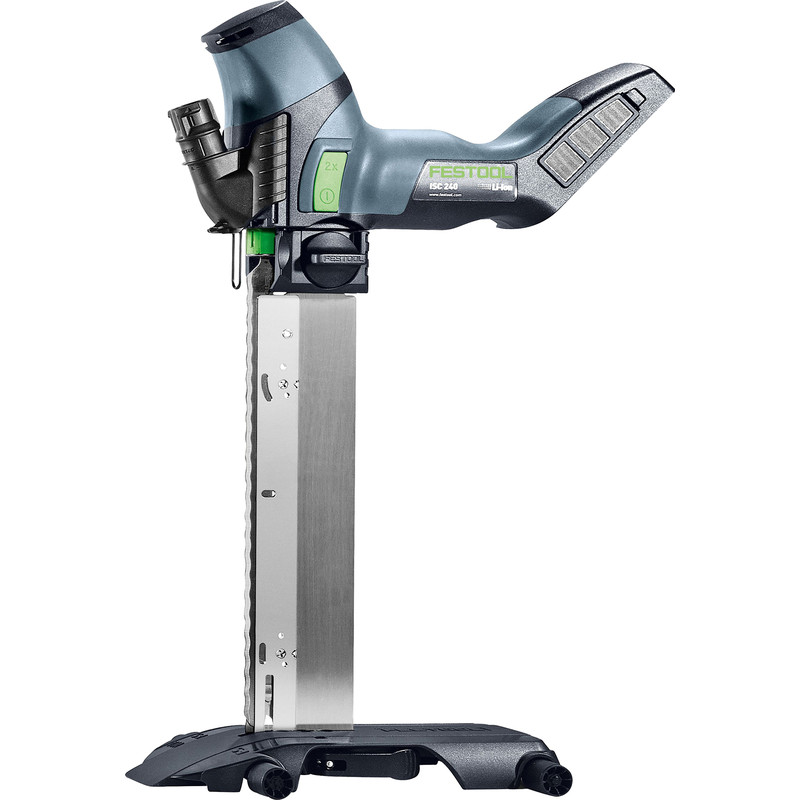AES
Established Member
This may help someone:
Long before I knew her, my good lady bought one of those electric carving knives - must be 50 odd years ago now.
I reckon that on average it's probably only used about 5 or 6 times a month, but even though the 2 reciprocating blades are SS they have got a bit dull after such a while. So I've had a go at the blades probably a couple of times over the years. Having a rather complex tooth shape I was only able to attack them with a couple of shaped slip stones, and I'm not a very good knife sharpener anyway, so the results have been at best mediocre.
Anyway this Christmas just past things had got bad enough that SWMBO decided she needed a new machine (being so old there were no spare blades available for that old machine, I did check). So a new one was bought (NOT as a Crimble pressie I hasten to add!!!!). Everything fine.
After Christmas I got to wondering about the old machine and took it down to my workshop. Having had quite a lot of difficulties last year with accurately and cleanly cutting upholstery foam for a job I was doing I thought I'd try the discarded electric carving knife on an off cut of that same foam.
Would you believe - "hot knife-butter"! Beautifully accurate and very smooth cuts. And the same result on a bit of expanded polystyrene (packing) foam too (in my aeromodelling days I used to use a hot wire cutter for foam wing cores, and that's good, but that "dead" carving knife is even better).
I didn't have any closed-cell stiff insulation foam to try the machine on, but purely at a guess, I'd imagine it would be similarly effective on that material too. Anyway, that redundant machine now has a place in one of my workshop drawers "for next time".
I'm not suggesting that you go out and buy an electric carving knife for the workshop - though the actual price paid for my wife's machine back 50 years ago was actually 50 Swiss cents MORE than the new one I bought the other day - but if the domestic authorities allow and you need to cut such foams accurately and smoothly you know where to look (actually, I suggest that you look when the domestic authorities aren't around)!
As no heat is involved in the cutting process, I suggest it would need no more than normal washing up liquid and hot water to clean it off before sneaking it back into its home! What's now "my" electric carving knife shows no marks at all on the blades after cutting the above foams.
As said, this may help someone.
Long before I knew her, my good lady bought one of those electric carving knives - must be 50 odd years ago now.
I reckon that on average it's probably only used about 5 or 6 times a month, but even though the 2 reciprocating blades are SS they have got a bit dull after such a while. So I've had a go at the blades probably a couple of times over the years. Having a rather complex tooth shape I was only able to attack them with a couple of shaped slip stones, and I'm not a very good knife sharpener anyway, so the results have been at best mediocre.
Anyway this Christmas just past things had got bad enough that SWMBO decided she needed a new machine (being so old there were no spare blades available for that old machine, I did check). So a new one was bought (NOT as a Crimble pressie I hasten to add!!!!). Everything fine.
After Christmas I got to wondering about the old machine and took it down to my workshop. Having had quite a lot of difficulties last year with accurately and cleanly cutting upholstery foam for a job I was doing I thought I'd try the discarded electric carving knife on an off cut of that same foam.
Would you believe - "hot knife-butter"! Beautifully accurate and very smooth cuts. And the same result on a bit of expanded polystyrene (packing) foam too (in my aeromodelling days I used to use a hot wire cutter for foam wing cores, and that's good, but that "dead" carving knife is even better).
I didn't have any closed-cell stiff insulation foam to try the machine on, but purely at a guess, I'd imagine it would be similarly effective on that material too. Anyway, that redundant machine now has a place in one of my workshop drawers "for next time".
I'm not suggesting that you go out and buy an electric carving knife for the workshop - though the actual price paid for my wife's machine back 50 years ago was actually 50 Swiss cents MORE than the new one I bought the other day - but if the domestic authorities allow and you need to cut such foams accurately and smoothly you know where to look (actually, I suggest that you look when the domestic authorities aren't around)!
As no heat is involved in the cutting process, I suggest it would need no more than normal washing up liquid and hot water to clean it off before sneaking it back into its home! What's now "my" electric carving knife shows no marks at all on the blades after cutting the above foams.
As said, this may help someone.

































